Believe it or not, the intriguing world of Weevil Bugs is more fascinating than you may think. Known for their peculiar snout-like head and lack of wings, weevils have made their mark on history – especially the infamous boll weevil. In this post, we’re diving into the various types of weevil bugs and the substantial role they play in various ecosystems. So, sit tight and get ready to unravel the mystifying world of weevil bugs with us!
Dissecting the Problems Caused By Weevil Bugs
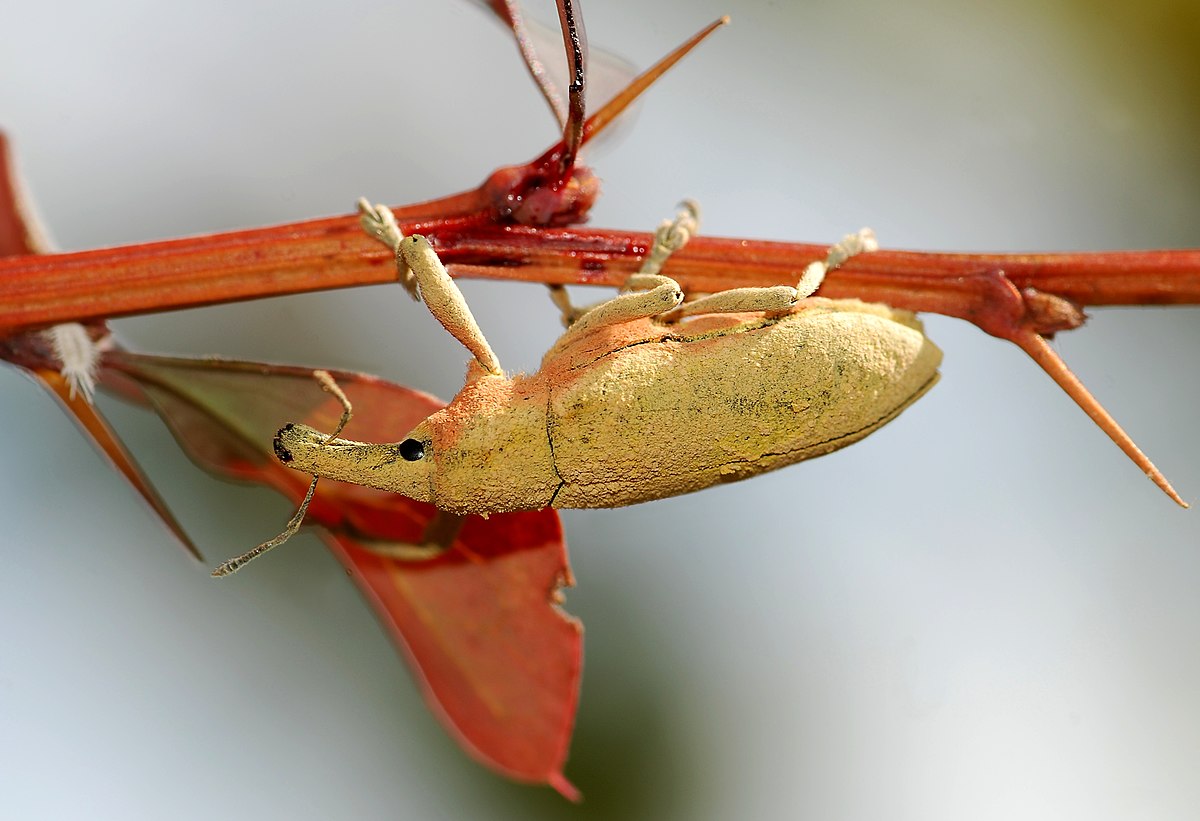
There’s a myriad of weevil bugs out there, each causing its own unique set of challenges. For instance, in the world of cotton farming, the name boll weevil sends shivers down the spine. Then we have those critters that exploit our pantries, infiltrating grains, dry cereals, and seeds. Here’s a closer look at some notorious types:
Boll Weevils
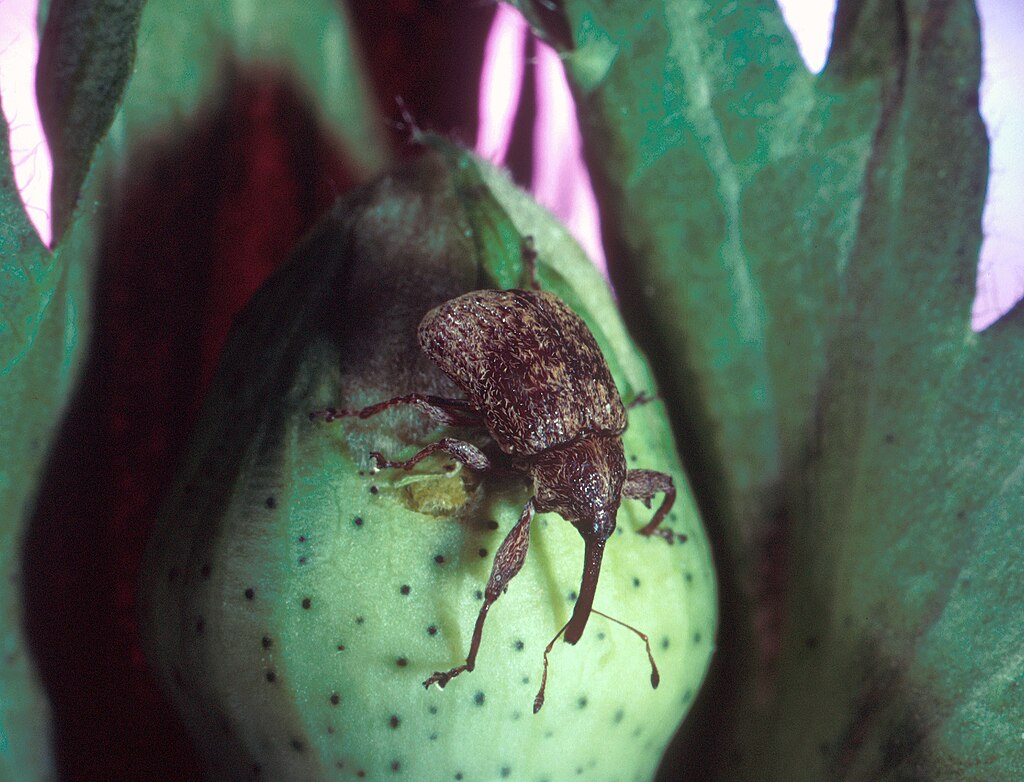
Best recognized for wreaking havoc on the cotton industry in the early 20th XX century, boll weevils spurred a significant shift in agriculture in the South. Their destruction catalyzed a diversification beyond cotton, oddly meriting them a statue in Alabama.
Flour Weevils
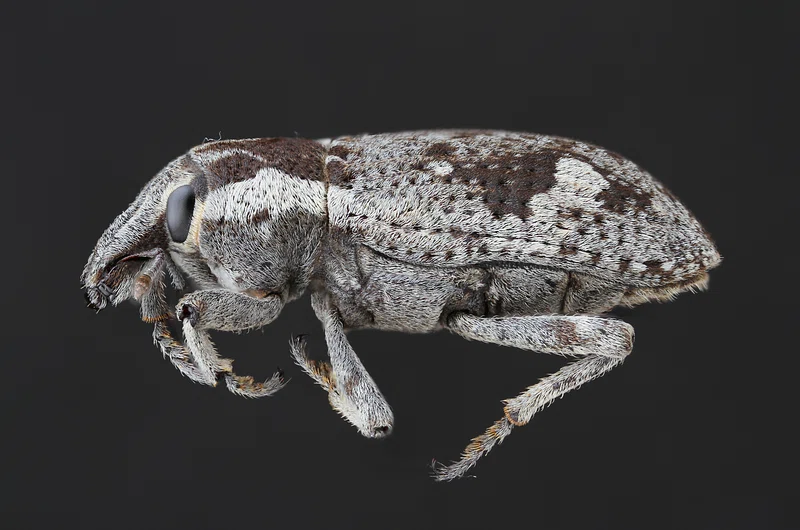
Misleadingly named, “Flour Weevils” are actually not weevils, but beetles. They are, nonetheless, cause for concern when found lurking in your pantry. Also known as bug types, their presence offers a good excuse for a thorough kitchen clean-up.
Bean Weevils
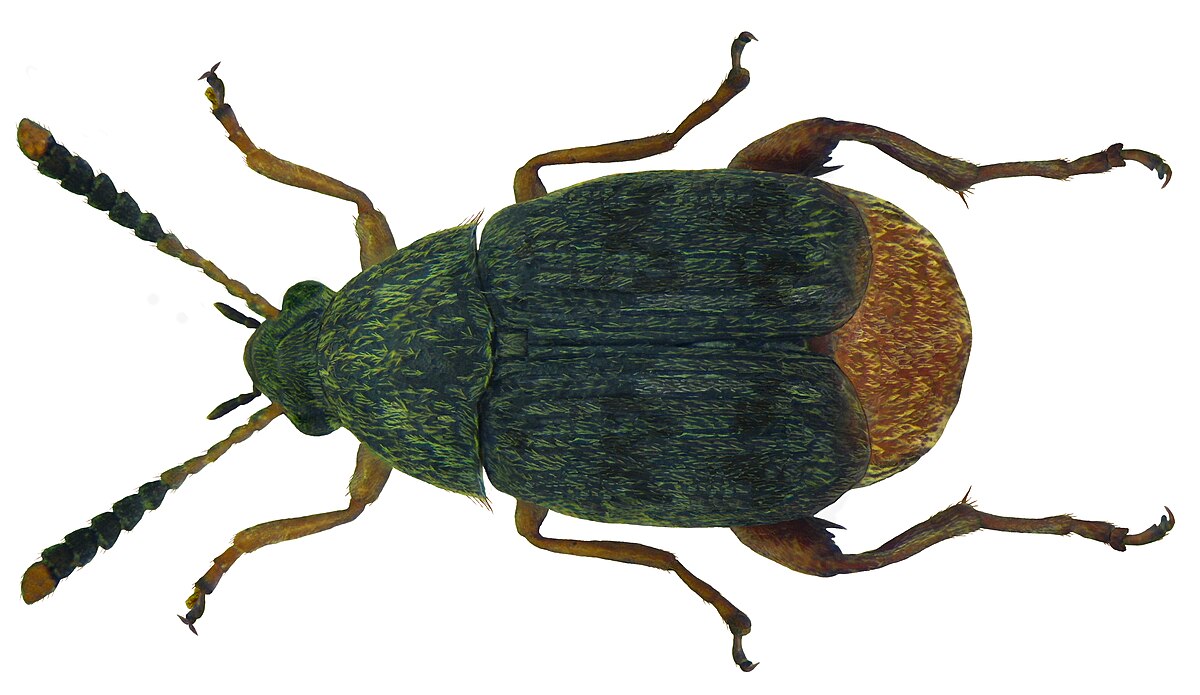
Similar to their ‘flour’ counterparts, Bean Weevils are also misclassified as weevils when they are, in fact, beetles. They resemble teardrop-shaped critters, sans the characteristic weevil snout.
Unveiling Underappreciated Weevil Bugs
Stepping away from pantry invaders and cotton annihilators, let’s meet the lesser-known but equally fascinating weevil bugs that dwell in our wheat fields and rose gardens.
Wheat Weevils
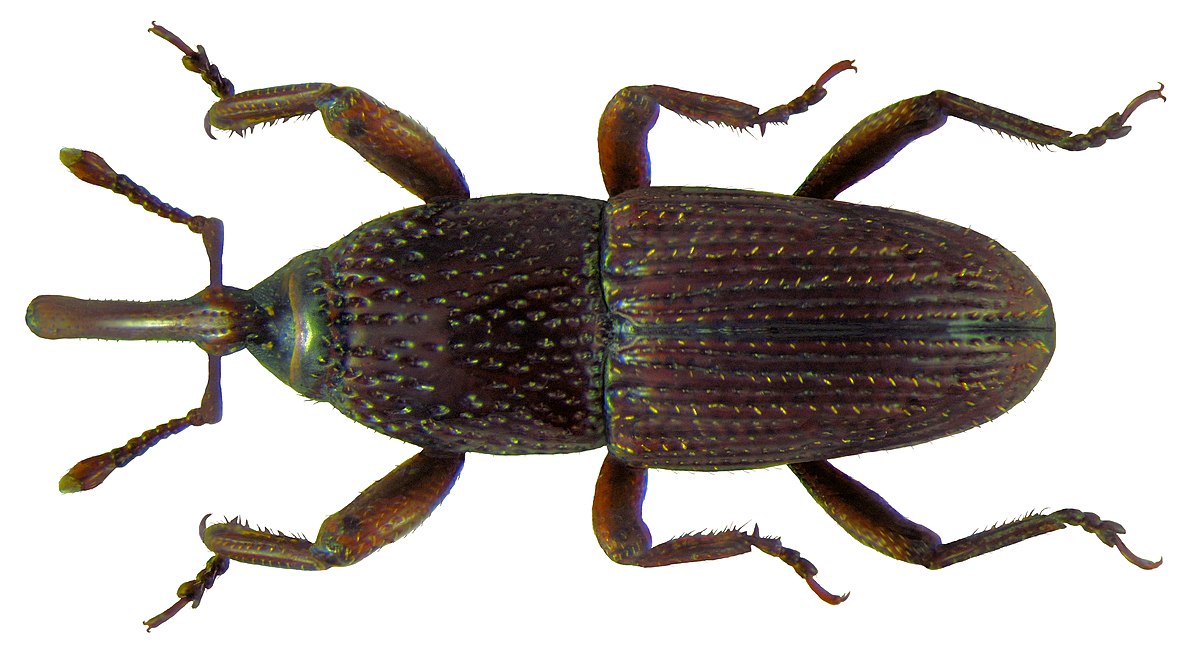
Wheat weevils match our weevil expectations, possessing both the quintessential snout and flight-intimidating wing covers. Females burrow into grain kernels, laying eggs and thereby providing a generous food supply for their hatched larvae. This can result in serious infestations that farmers dread.
Rose Weevils

Meet the artistic weevils who redesign rosebuds with meticulously drilled holes. These critters implant their eggs in the buds, with their larvae feasting on the petals once they hatch. Some species also dine on delicate plant stems, when petal options are off the table.
Our exploration into the world of weevil bugs concludes here. While diverse and at times destructive, these intriguing creatures play an undeniable role in our ecosystems. As we battle some weevil species, others remain silently unnoticed — each contributing meaningfully to our complex natural world.